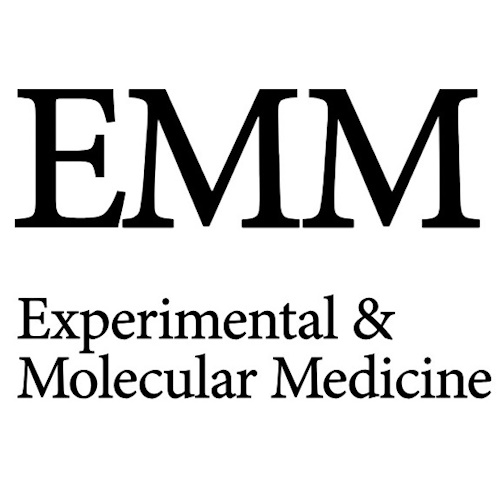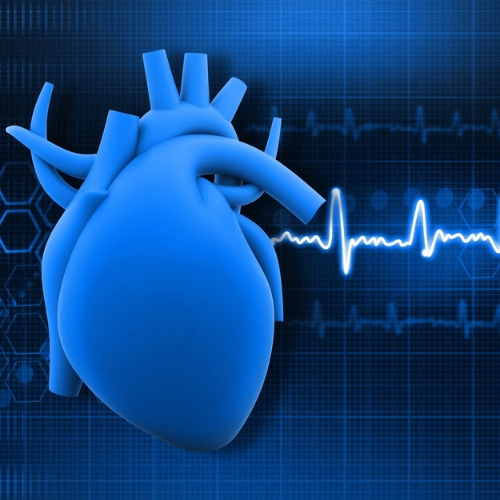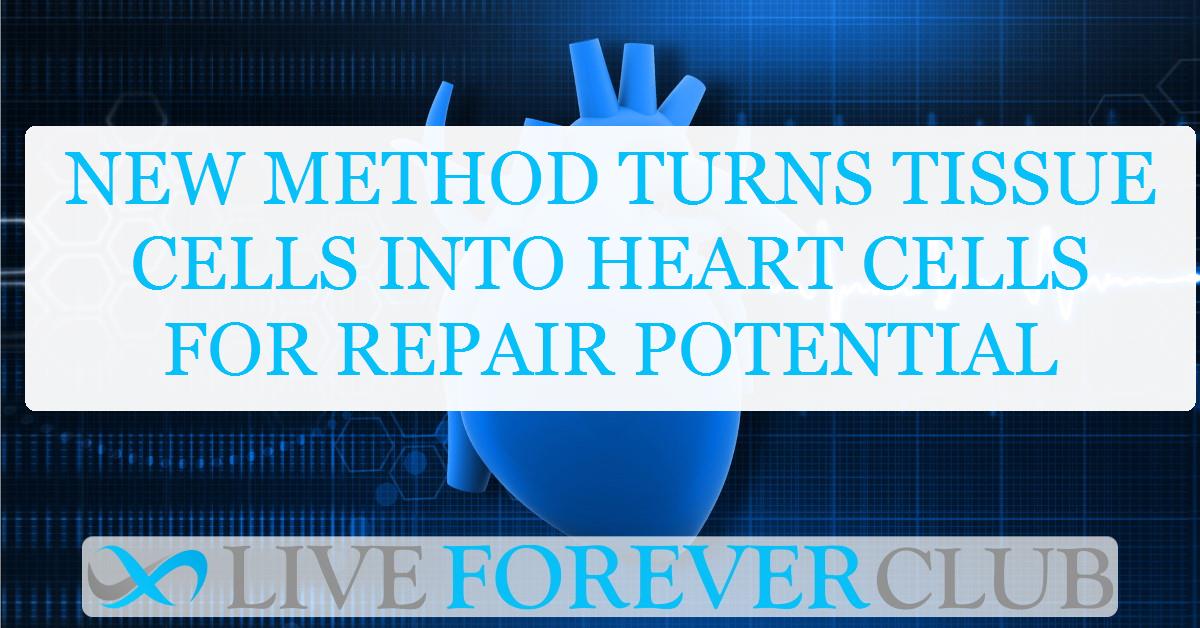Key points from article :
Scientists at Korea University have developed a method to turn fibroblasts, common connective tissue cells, into functional heart cells. They combined fibroblast growth factor 4 (FGF4) with vitamin C to speed up the process of converting these cells into induced cardiomyocytes (iCMs), which are crucial for heart repair. Their approach aims to use a patient’s own cells for heart regeneration, potentially reducing reliance on heart transplants.
The research focused on direct cardiac reprogramming, a process that skips stem cell stages. A challenge in this field has been producing fully functional cardiomyocytes, which the team overcame by activating the JAK2-STAT3 signaling pathway. This pathway helped generate mature iCMs with better cell structure, improved electrical activity, and efficient ion channel function.
The study used advanced methods like RNA sequencing, fluorescence imaging, and electrophysiological testing to measure the improvements. The results showed that their technique created cells with well-defined sarcomeres and T-tubules, similar to natural heart cells. This breakthrough makes it possible to generate cardiomyocytes that could repair heart tissue after damage from heart attacks or other cardiovascular conditions.
The research was published in Experimental & Molecular Medicine, and while the results are promising, more studies are needed to ensure the safety and effectiveness of this method for clinical use. Dr. Song and the team are excited about the potential but emphasize that further research is crucial before this could become a treatment option for patients.
If successful, this technique could provide personalized solutions for heart tissue regeneration, significantly advancing regenerative medicine. It offers hope for millions suffering from cardiovascular disease, potentially transforming how heart conditions are treated.
This research, led by Seongmin Jun and colleagues, is a promising step toward using a patient’s own tissue to repair heart damage, potentially revolutionizing treatments in the future.






